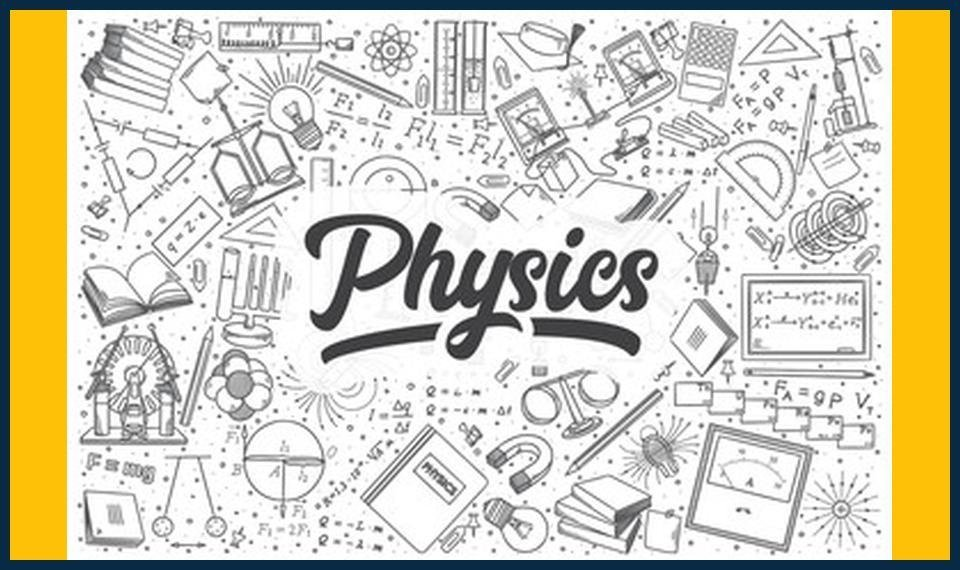![]()
In the captivating world of GCSE Physics, forces and motion are two fundamental concepts that ignite the curiosity of students, challenge the minds of tutors, and intrigue parents. This comprehensive guide is designed to illuminate the intricacies of forces and motion, empowering everyone involved in the learning journey to confidently navigate this essential aspect of the GCSE curriculum.
**Understanding Forces: The Building Blocks of Motion**
In the realm of physics, forces are the unseen agents that influence the motion of objects. They are the driving force (pun intended) behind everything from the gentle sway of a leaf in the wind to the roaring acceleration of a rocket in space. To delve deeper, let’s take a look at the four fundamental forces in physics:
1. **Gravitational Force**: The force that attracts two objects towards each other due to their mass. Earth’s gravitational pull keeps us firmly planted on the ground.
2. **Electrostatic Force**: The force that results from stationary charges. When rubbed together, materials like rubber and fur create an electrostatic charge, causing the familiar attraction between a balloon and your hair.
3. **Magnetic Force**: The force that arises between magnetic materials. Magnets can attract or repel each other, depending on their orientation, and they’re crucial for various technologies, such as electric motors and generators.
4. **Frictional Force**: The force that opposes the motion or tendency to move of one object relative to another. Friction helps prevent accidents by slowing down our movement and keeping us from slipping and falling.
**Motion: The Dance of Objects in the Physical World**
Motion, on the other hand, refers to the change in the position of an object over time. There are three types of motion:
1. **Linear Motion**: Movement along a straight line. A rolling ball or a moving car is an example of linear motion.
2. **Rotational Motion**: Movement where an object spins around a center point. A spinning top or a bicycle wheel moving around its axle demonstrate rotational motion.
3. **Oscillatory Motion**: A back-and-forth movement around a fixed point. A pendulum or a spring oscillating up and down best represents oscillatory motion.
**Newton’s Laws of Motion: The Rules of the Game**
Newton’s laws of motion provide a comprehensive understanding of how forces and motion interact:
1. **First Law (Inertia)**: An object at rest tends to stay at rest, and an object in motion tends to stay in motion, unless acted upon by an unbalanced force.
2. **Second Law (F=ma)**: The acceleration of an object is directly proportional to the net force acting on it and inversely proportional to its mass.
3. **Third Law (Action-Reaction)**: For every action, there is an equal and opposite reaction.
Understanding forces and motion is the foundation for a successful GCSE Physics journey. Armed with this knowledge, students, parents, tutors, and teachers can collaborate to conquer complex concepts, fostering a love for the sciences and unlocking the mysteries of the physical world.
**Embracing Forces and Motion: Tips for Success**
1. **Practical Application**: Real-world examples and hands-on experiments can help make abstract concepts tangible and memorable.
2. **Group Work**: Collaboration encourages diverse perspectives and promotes a deeper understanding of forces and motion.
3. **Active Learning**: Engage in discussions, ask questions, and apply learned concepts to real-life scenarios to ensure a comprehensive grasp of the material.
4. **Patience and Persistence**: The understanding of forces and motion takes time and effort. Embrace the process, and don’t shy away from seeking help when needed.
In conclusion, the journey through forces and motion in GCSE Physics is an exciting adventure that promises to captivate, challenge, and inspire. By understanding the fundamental forces and the various types of motion, we can better navigate the intricacies of this essential aspect of the GCSE curriculum. So, arm yourself with patience, enthusiasm, and a thirst for knowledge, and embark on this journey to unravel the secrets of forces and motion. Happy learning!




